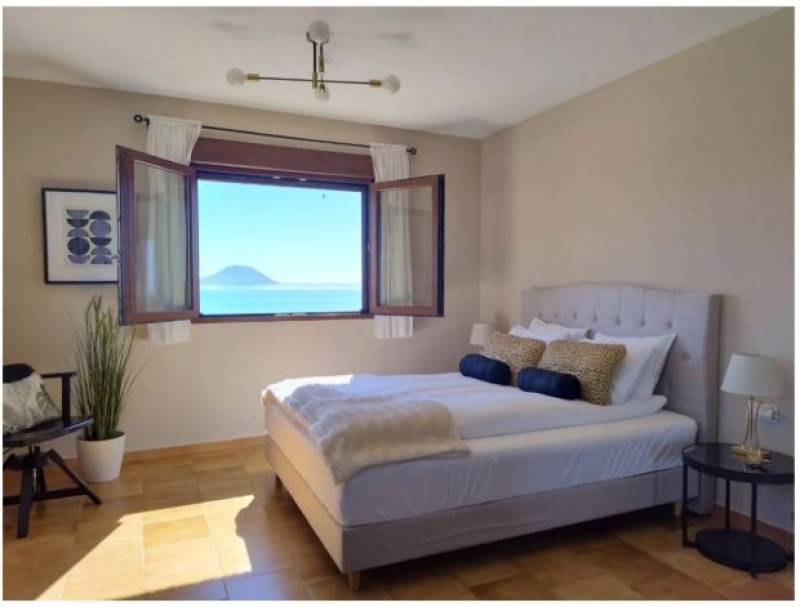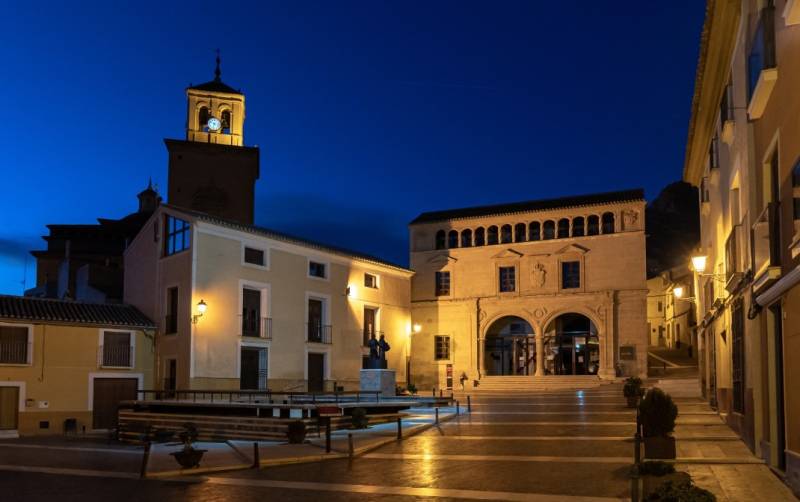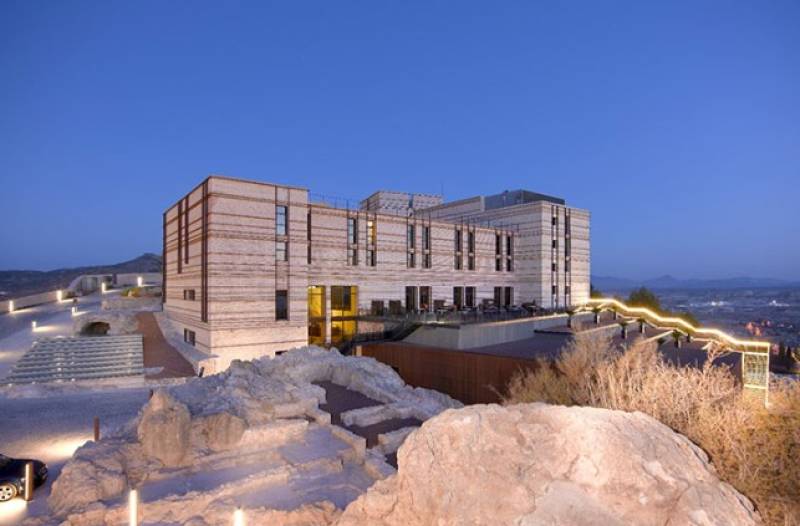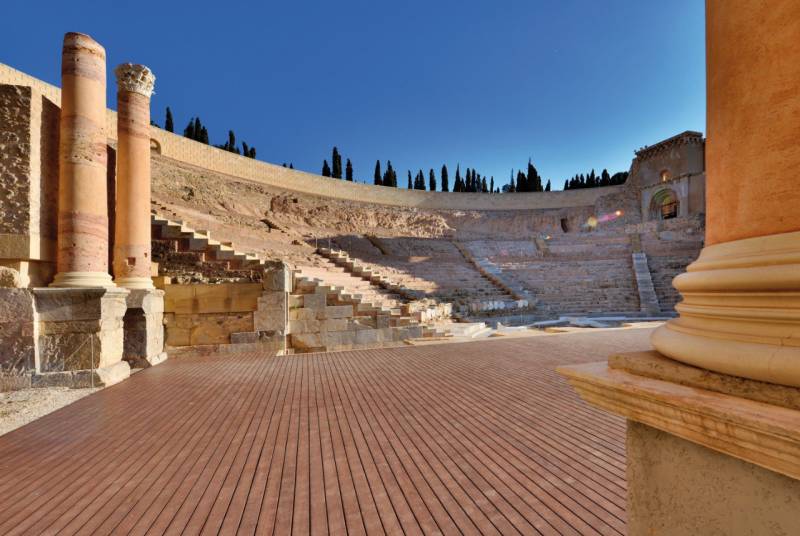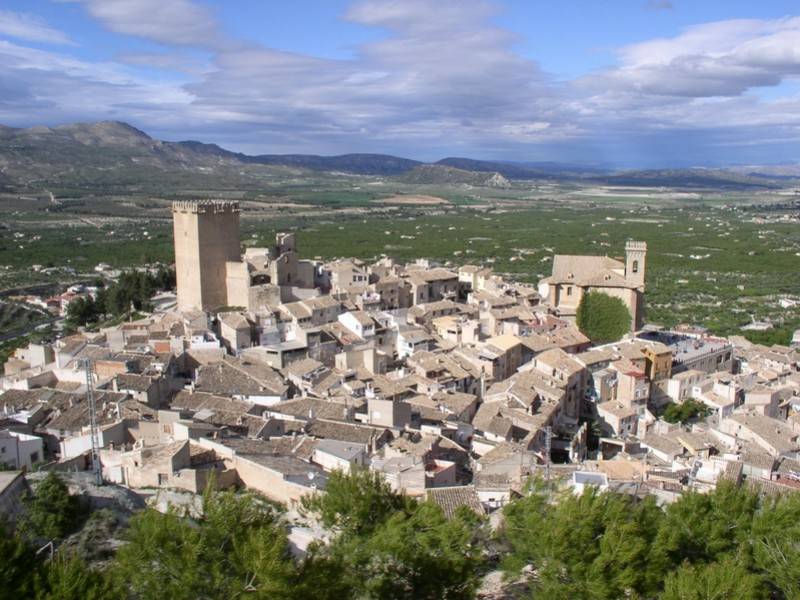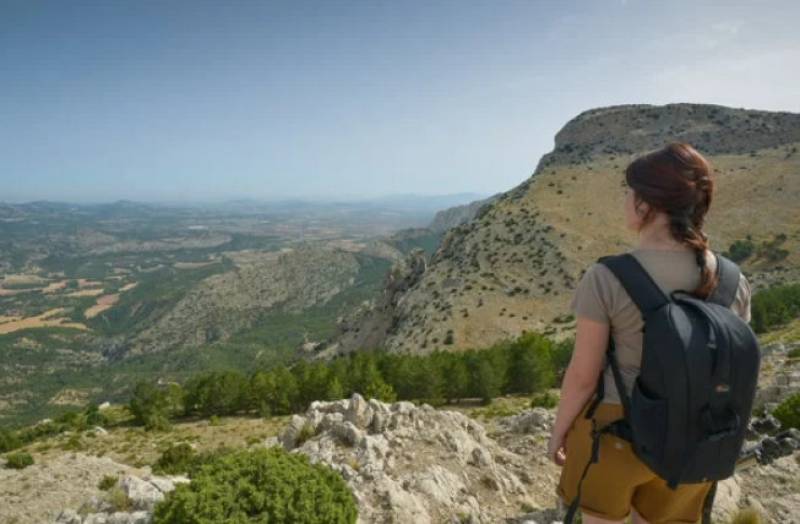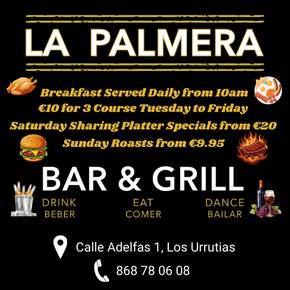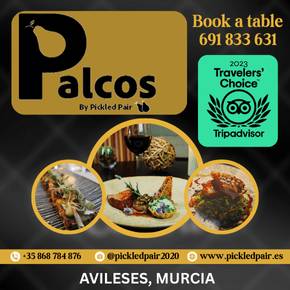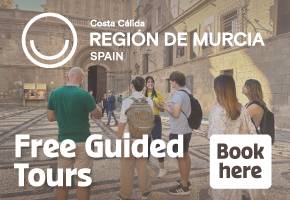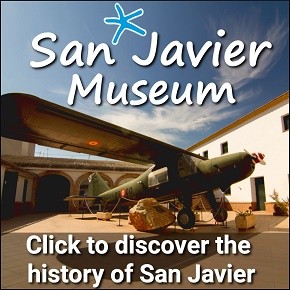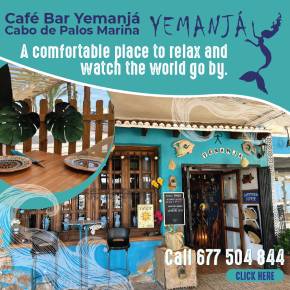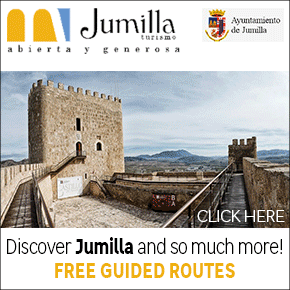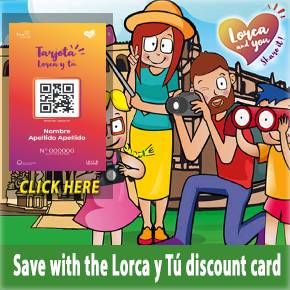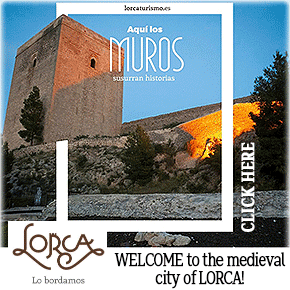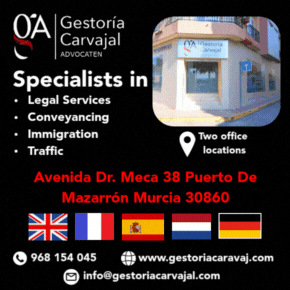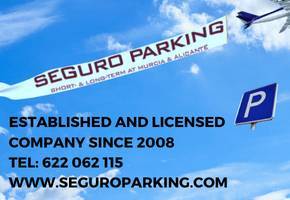

- EDITIONS:
 Spanish News Today
Spanish News Today
 Murcia Today
Murcia Today
 Alicante Today
Alicante Today
Walking in the Lorca countryside, the Rambla de Las Calaveras route in Avilés
A family-friendly 5-kilometre route in the Tierras Altas area of the vast municipality of Lorca
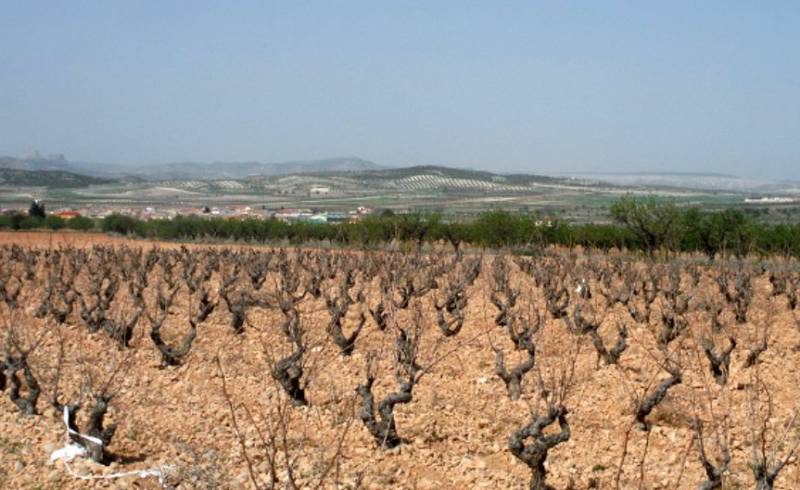 This is a 5-kilometre walk in the environs of Áviles, a small village in the Tierras Altas area of the vast municipality of Lorca, which usually takes around 1 hour 15 minutes and is classified as being of level of difficulty 1, making it an ideal one for families with children.
This is a 5-kilometre walk in the environs of Áviles, a small village in the Tierras Altas area of the vast municipality of Lorca, which usually takes around 1 hour 15 minutes and is classified as being of level of difficulty 1, making it an ideal one for families with children.
The route starts at the church of San Nicolás de Bari along Calle del Pardo, and on reaching El Pardo (a cluster of a few houses just outside the village) follows the Rambla de las Calaveras to the right of the houses. Continue along the rambla until kilometre 1.3, where you leave o non a path to the right which winds through pine trees for just over a kilometre to another path, which runs downhill through pine and almond groves on the left.
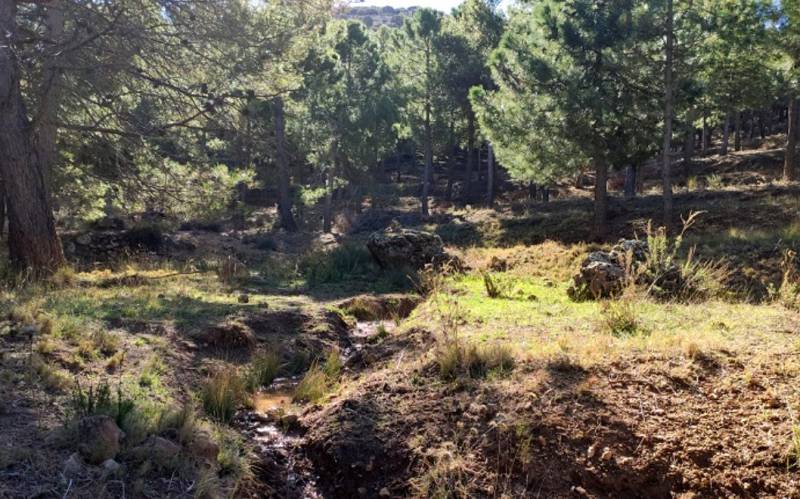 After three kilometres the path joins another one on the right, which you follow to El Pardo and then returns to the starting point.
After three kilometres the path joins another one on the right, which you follow to El Pardo and then returns to the starting point.
There is little climbing on this route and the path is in good condition except for around 500 metres at the end of the rambla: a nice walk through nature with pleasing views!
For more visiting information, events and local news go to the home page of Lorca Today.
staff.inc.and
Oficina de Turismo de Lorca

The rich and extensive history of Lorca has left a legacy of archaeological sites, and historic buildings, around which the modern city has built its tourism industry. Among these are Lorca Castle, the Jewish quarter of the castle and synagogue, Plaza de España, Colegiata de San Patricio, Museo de Arqueologico Municipal, Iglesia de San Francisco, Casa Huerto Ruano, Palacio de Guevara, Iglesia de San Mateo, Pósito de los Panaderos, Convento Virgen de las Huertas, Antiguo Convento de la Merced, Iglesia del Carmen and the Teatro Guerra.
 Unfortunately Lorca has also been prone to natural disaster, suffering a Gota Fría on September 28th 2012, as well as two earthquakes measuring 5.3 and 5.5 on the Richter scale on 11th May 2011, claiming 9 lives. Since this earthquake the city has been rebuilding, winning recognition for its Lorca, Open for Restoration initiative, which used the restoration of the city as a tourist attraction whilst it rebuilt its historical buildings, some of which are currently still not open.
Unfortunately Lorca has also been prone to natural disaster, suffering a Gota Fría on September 28th 2012, as well as two earthquakes measuring 5.3 and 5.5 on the Richter scale on 11th May 2011, claiming 9 lives. Since this earthquake the city has been rebuilding, winning recognition for its Lorca, Open for Restoration initiative, which used the restoration of the city as a tourist attraction whilst it rebuilt its historical buildings, some of which are currently still not open.
The tourist office relocated for 14 years to Calle San Patricio, near the church, but has now returned to its former premises alongside the Palacio de Guevara in the Plaza Concha Sandoval, or Plaza de la Bordadora (click for map).
Lorca also has an area of coastline incorporating the Parque Regional de Cabo Cope - Puntas de Calnegre, in the Sierra de Almenara, which includes the beaches of Puntas de Calnegre, Baño de las Mujeres, San Pedro, El Siscal, Cala Honda, Cuartel del Ciscar, Junquera, Cala de la Gruta, Cala Leña, Los Hierros, Cala Blanca and Playa Larga, although many are accessible only along difficult tracks or by boat!

However, in spite of its many attractions, the name of Lorca is synonymous with Easter, (Semana Santa) its biblical parades of International Tourist Interest status and famous throughout Spain. The week includes a series of processions in which the Whites (Paso Blanco) and Blues (Paso Azúl) try to outdo each other with the magnificence of their embroideries and the skill and daring of their horsemen.
Lorca also has a Parador hotel, located within the historic castle.
Opening hours for Lorca tourist office:
Every day of the year apart from 1st and 6th January and 25th December, 10.00 to 14.00 and 16.30 to 18.30 (except Sunday afternoons).
These opening times are often extended and other information points created during the Semana Santa celebrations.
For more local news, events and visiting information go to the home page of Lorca Today








